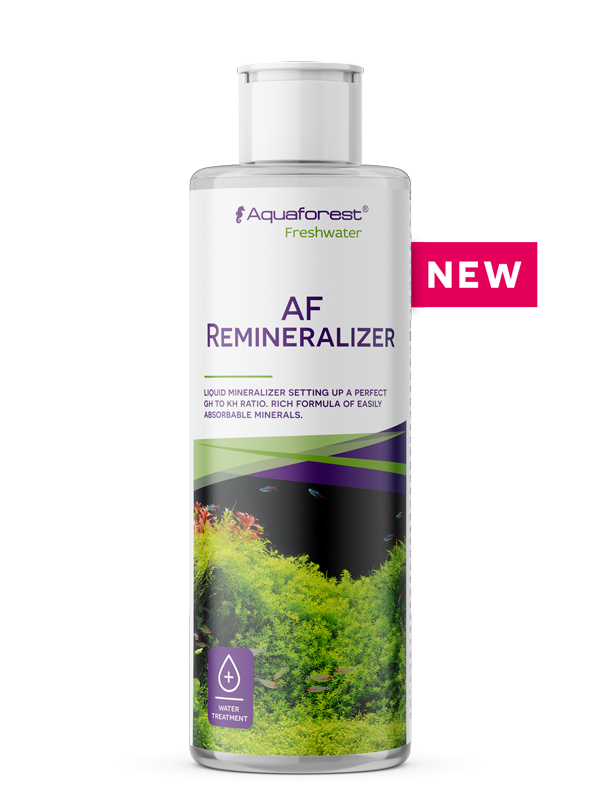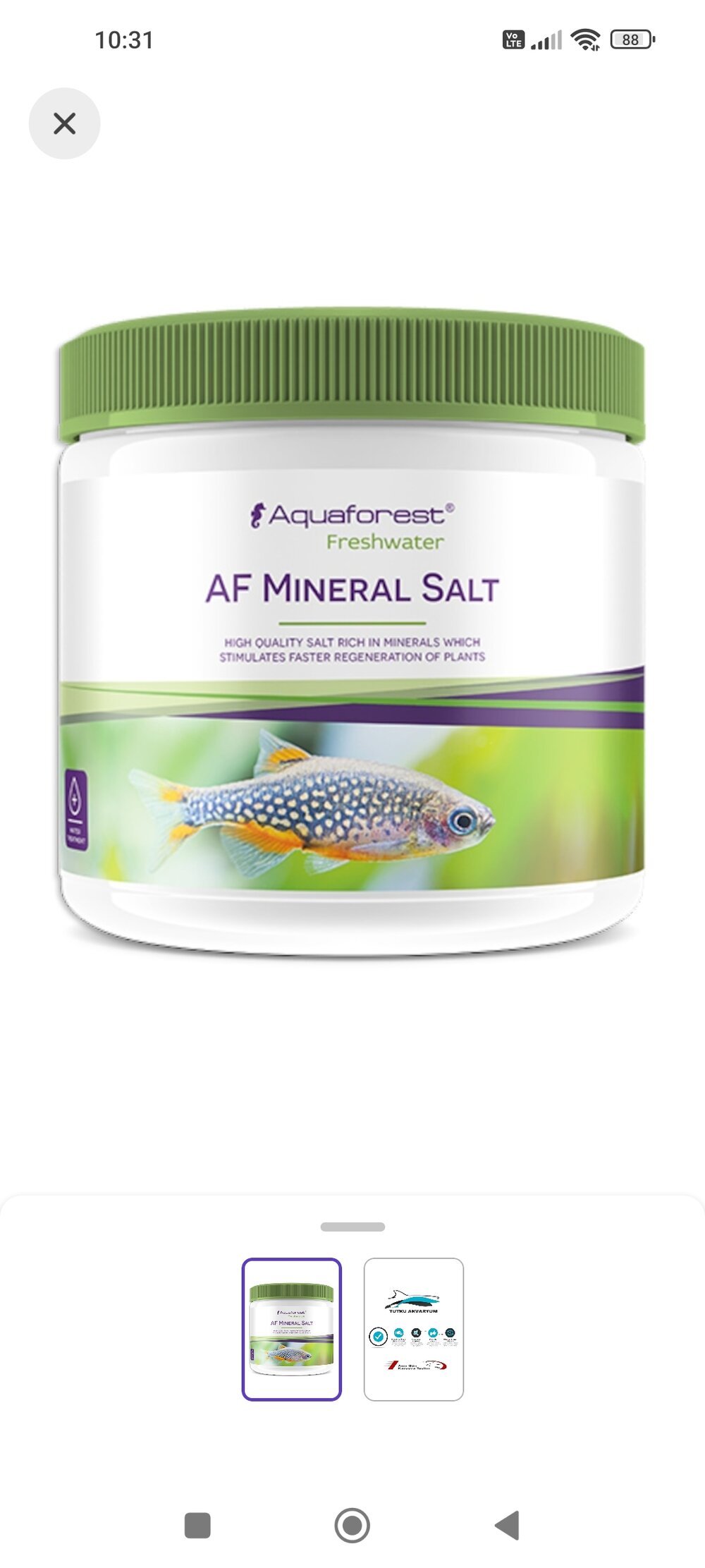View attachment 212944
If you cut and paste the green plant (Limnophila sp?) and place the photo side by side, there is a pronounced difference.
If you took these photos a few hours apart (on lights on and a few hours later) It sort of suggests that the camera settings or lighting conditions were different, rather than the plant mkaing this radical change. The photography side of me wonders if the first photo was taken just after the lights turned on, and therefore the intensity was just ramping up, because the more intense saturation could just be due to camera underexposure ( a common trick to get very red plants).
Take the older growth at the bottom - the green is completely different in shade and tone.
The only time I've seen a plant turn white like that after a few hours would be due to a UV-C bulb exposure...





